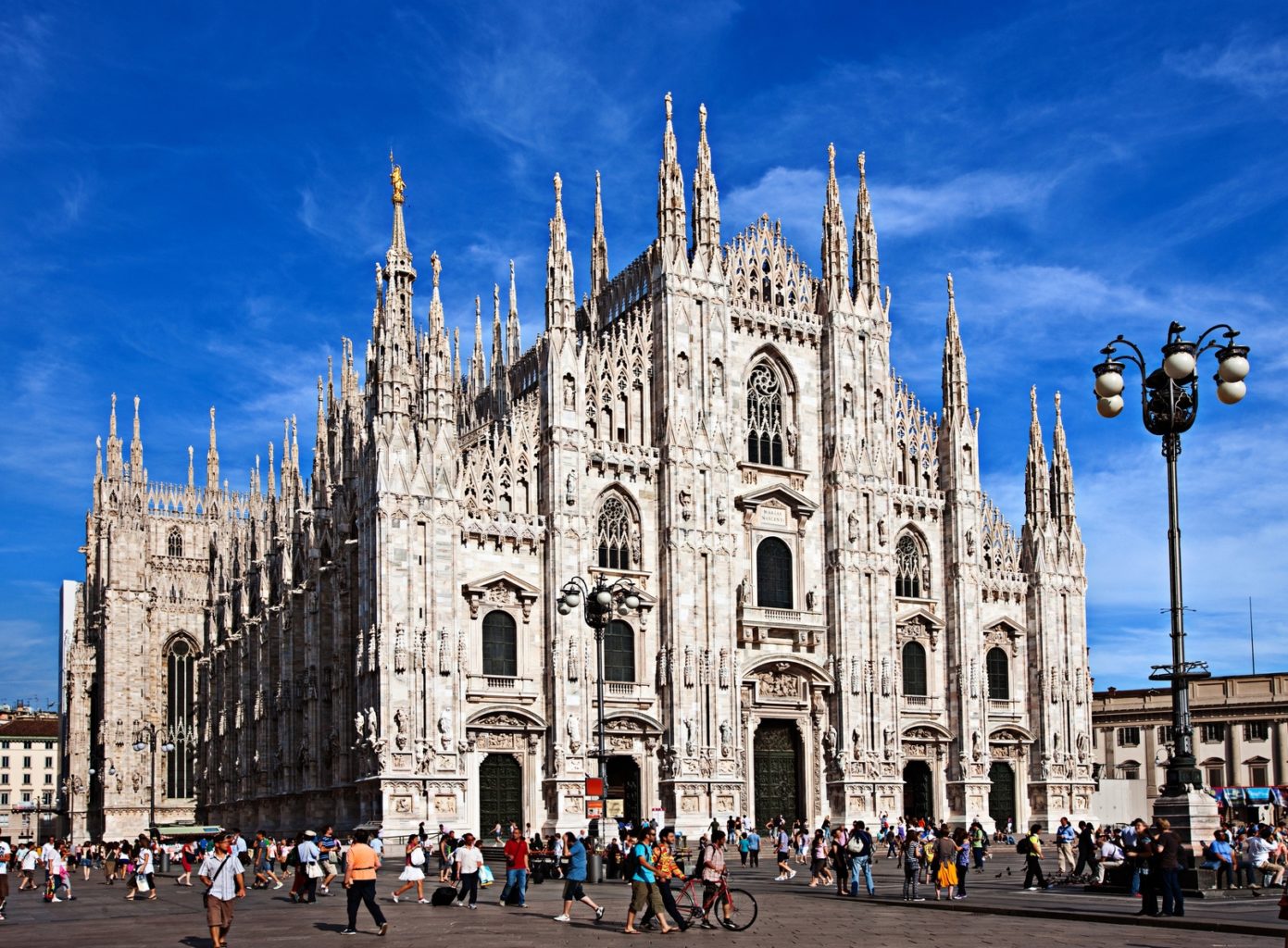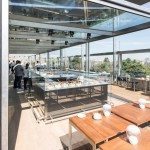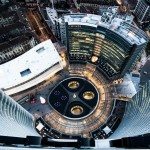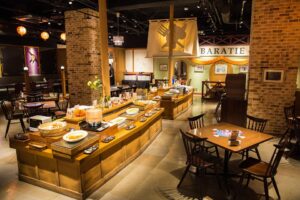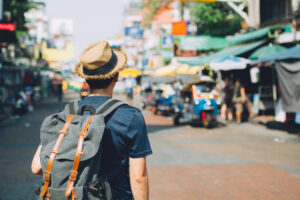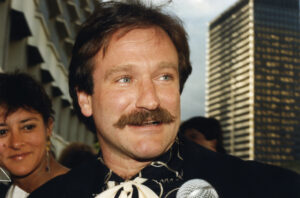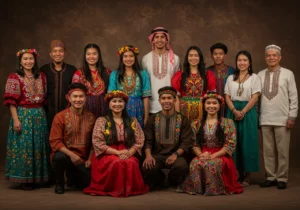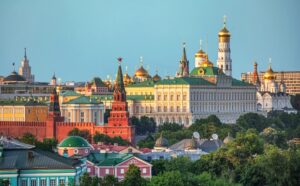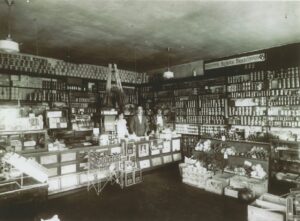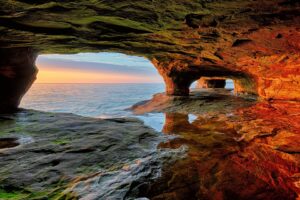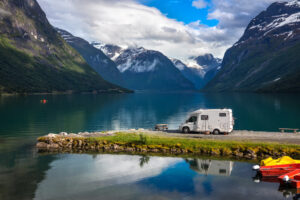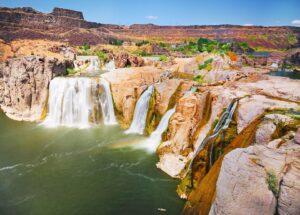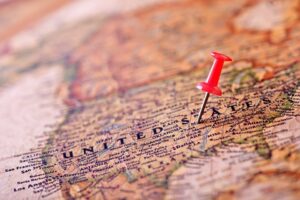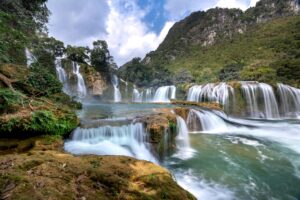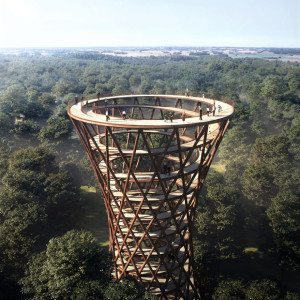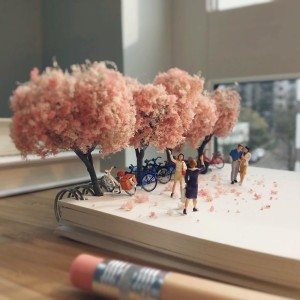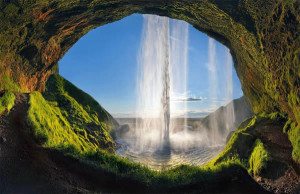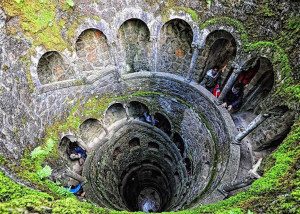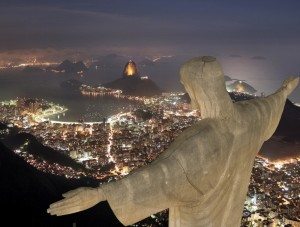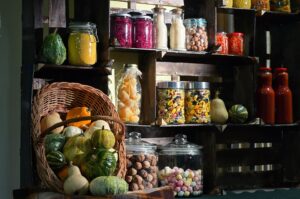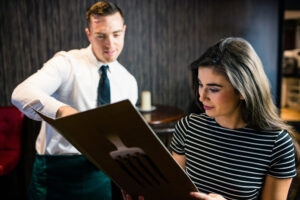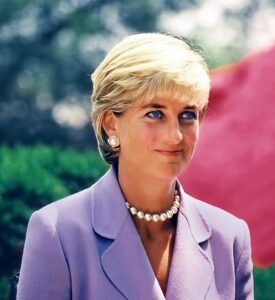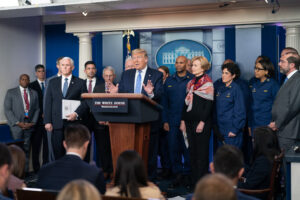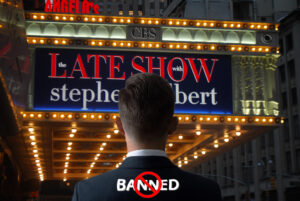Milan may not take your breath away, like Venice. It’s not as elegant as Florence, as spectacular as Rome, or as picturesque as Naples. It doesn’t have Como’s gorgeous lake or Siena’s harmonious hills. But Milan is Italy, more so than any of those lovely places.
Milan is a flat, closed, circular city. It’s easy to lose your way. Italy is a maze; Milan even more so. The architect Renzo Piano says that as a boy, he lived in Florence, but found it “too boring, because it was too perfect.”
Milan, on the other hand, “was the least perfect, and therefore most interesting, city.” I agree. Milan is far from perfect. But it has guts, to start with. Over the past hundred years, many of Italy’s pivotal changes started in Milan: socialism, Great War fever, fascism, resistance to fascism, the economic boom of the sixties, the political turmoil of the seventies, and the populist tycoon, Silvio Berlusconi. Good and bad, all in Milan.
Milan has ideas, always had. Food. Fashion. Design. Television. Advertising. Publishing. Milan is the country’s go-to city for all these sectors, plus industry, commerce, and finance—leaving only politics, public television, and cinema to Rome. Go to Galleria Vittorio Emanuele II on Piazza del Duomo and take the escalator to Niko
Romito’s brand-new restaurant, Spazio. Look down into the Galleria, the mother and father of all shopping malls, alive with activity. You’ll see why Europe has always treated Milan with respect.

Cross the square and take an elevator to the roof of the cathedral, the Duomo. Lose yourself among the pinnacles and spires, observe the city and the plain below as the golden statue of the Madonnina seems
to float in the air. If God ever built a sand castle, this is what it would look like. Walk back into the Galleria and exit the opposite end, where Piazza della Scala lies, with the opera house and Palazzo Marino, the city
hall. Beauty and politics keep an eye on each other, like suspicious relatives. Sit in the square and watch the Milanese coming down from Via Manzoni and the fashion quadrangle to the Ristorante Trussardi. In summer, the scent of linden trees fills the air.
Just around the corner, Milan dances to a faster beat. The courtyards of the Università Statale, a former hospital, and the Accademia di Brera buzz with students. Arco della Pace and Colonne di San Lorenzo
belong to the autonomous republic of the aperitif.

So do the navigli, the old waterways that converge on the newly opened Darsena basin. Yes, Milan has got its river back at last! Have a stroll, linger in any of the cafés. Take your time. Look at us, the Italiani, how we talk with our smiles, our eyes, our hands. How we try to impress you, and often succeed.

Dinner? The new rooftop restaurant in the Triennale museum. Does the view from there look like Manhattan’s Central Park? Maybe, but around you la grande bellezza, the great beauty, is different. Parco Sempione, dark green; Castello Sforzesco, bathed in orange light; the slender, silver buildings of Piazza Gae Aulenti that brought Milan’s skyline into the 21st century.
Milan has gusto, both in the English sense of keen enjoyment and with the Italian meaning of good taste. Expo Milano 2015 opened May 1, with 145 countries exhibiting, and instantly became a movable feast. Feeding the planet—the theme for the world’s fair this year—is important. But feeding the Italian spirit, after years in
the economic doldrums, matters too. This opportunity for Italy is a serious attempt to ponder nutrition and a fantastic six-monthlong party, to boot. Expo 2015 is the world as it would like to be, and isn’t.

But it looks, it sounds, and it smells like Milan. And that is good.


